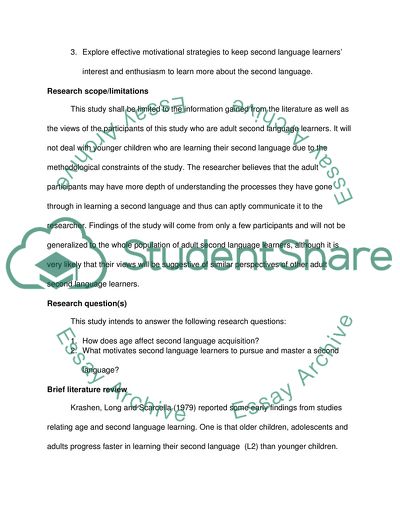Cite this document
(Motivation and Age in Second Language Acquisition Research Proposal, n.d.)
Motivation and Age in Second Language Acquisition Research Proposal. https://studentshare.org/education/1817130-motivation-and-age-in-second-language-acquisition-to-learn-language
Motivation and Age in Second Language Acquisition Research Proposal. https://studentshare.org/education/1817130-motivation-and-age-in-second-language-acquisition-to-learn-language
(Motivation and Age in Second Language Acquisition Research Proposal)
Motivation and Age in Second Language Acquisition Research Proposal. https://studentshare.org/education/1817130-motivation-and-age-in-second-language-acquisition-to-learn-language.
Motivation and Age in Second Language Acquisition Research Proposal. https://studentshare.org/education/1817130-motivation-and-age-in-second-language-acquisition-to-learn-language.
“Motivation and Age in Second Language Acquisition Research Proposal”. https://studentshare.org/education/1817130-motivation-and-age-in-second-language-acquisition-to-learn-language.


